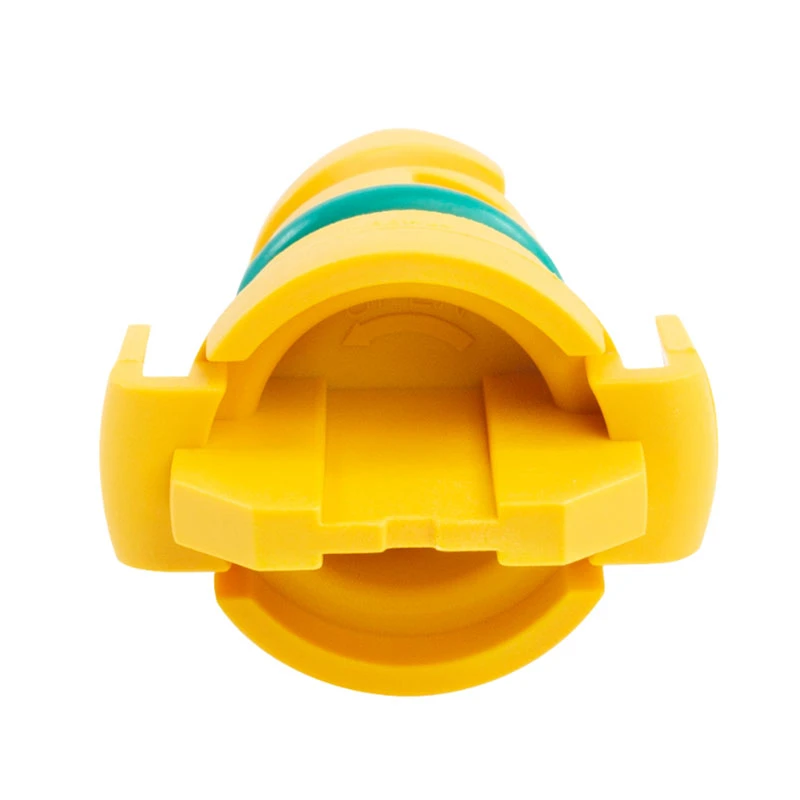Choosing the Right Gasket for Oil Pan Drain Plug Installation
Understanding the Importance of Gasket, Oil Pan, and Drain Plug in Automotive Maintenance
In the realm of automotive maintenance, few components are as critical yet often overlooked as the gasket, oil pan, and drain plug. Each of these parts plays a vital role in ensuring the longevity and efficiency of an engine. Understanding their functions and the importance of maintaining them can keep your vehicle running smoothly and prevent costly repairs.
The Oil Pan A Structural Essential
The oil pan, typically located at the bottom of the engine, serves multiple functions. Primarily, it acts as the reservoir for engine oil. This oil is essential for lubricating the engine’s moving parts, reducing friction, and preventing overheating. Additionally, the oil pan also plays a role in maintaining adequate oil circulation, ensuring that all engine components receive the lubrication they need.
Over time, the oil pan can become susceptible to damage due to road debris, corrosion from fluids, or inherent wear and tear from constant exposure to high temperatures. A damaged oil pan can lead to oil leaks, which not only poses a risk for engine performance but also for the environment.
The Gasket Sealing the Deal
The gasket, particularly the oil pan gasket, serves as a critical seal between the oil pan and the engine block. It is designed to prevent oil leaks by creating a watertight barrier. Made from various materials such as rubber, cork, or silicone, the gasket must withstand significant temperature changes and pressures.
If the oil pan gasket fails, it can lead to oil leaks, resulting in low oil levels that jeopardize the engine's lubrication system. This can ultimately cause severe engine damage if left unchecked. Regular inspection and timely replacement of the oil pan gasket are essential to ensure it remains effective.
The Drain Plug The Unsung Hero
gasket oil pan drain plug

The oil drain plug is often the most neglected part during an oil change. It is located at the bottom of the oil pan and serves as the exit point for old oil during an oil change. The drain plug must be tightly sealed to prevent oil leaks and maintain the integrity of the oil pan.
When performing an oil change, it is critical to inspect the drain plug and its washer for damage. Over time, the threads on the drain plug can wear down, leading to leaks. It's also advisable to replace the washer each time you perform an oil change to ensure a proper seal.
Maintenance Tips
1. Regular Inspections Frequently check for signs of oil leaks or drips under your vehicle. This could indicate a problem with the oil pan, gasket, or drain plug.
2. Scheduled Oil Changes Follow your manufacturer’s recommendations for oil change intervals. During this process, inspect the oil pan and replace the gasket and drain plug if necessary.
3. Use Quality Parts When replacing gaskets or drain plugs, always opt for high-quality or OEM (Original Equipment Manufacturer) parts to ensure compatibility and performance.
4. Professional Assistance If you encounter persistent leaks or other issues, consider seeking professional help to diagnose and resolve the problem appropriately.
Conclusion
The gasket, oil pan, and drain plug play crucial roles in the health and efficiency of your vehicle's engine. Neglecting these components can lead to significant issues, potentially resulting in expensive repairs and diminished engine performance. By understanding their functions and committing to regular maintenance, you can help ensure your engine operates smoothly and efficiently for years to come. Therefore, take the time to appreciate these unsung heroes of automotive engineering—they work tirelessly behind the scenes to keep your vehicle running at its best.
-
The Ultimate Guide to Car Repair Kits: Tools and Essentials Every Driver Should Own
News Aug.01,2025
-
The Complete Guide to Oil Pan Gaskets: Sealing Engine Leaks the Right Way
News Aug.01,2025
-
Preventing Oil Leaks: A Complete Guide to Oil Pan Gaskets and Drain Seals
News Aug.01,2025
-
Everything You Need to Know About Oil Pan Gaskets and Drain Plug Seals
News Aug.01,2025
-
Essential for Car Owners: How to Use a Car Repair Kit to Deal with Minor Breakdown
News Aug.01,2025
-
Comprehensive Guide to Engine Oil Sump Gaskets and Related Seals
News Aug.01,2025
-
The Ultimate Guide to Boat Propeller Bearings and Trailer Wheel Bearings
News Jul.31,2025
Products categories















